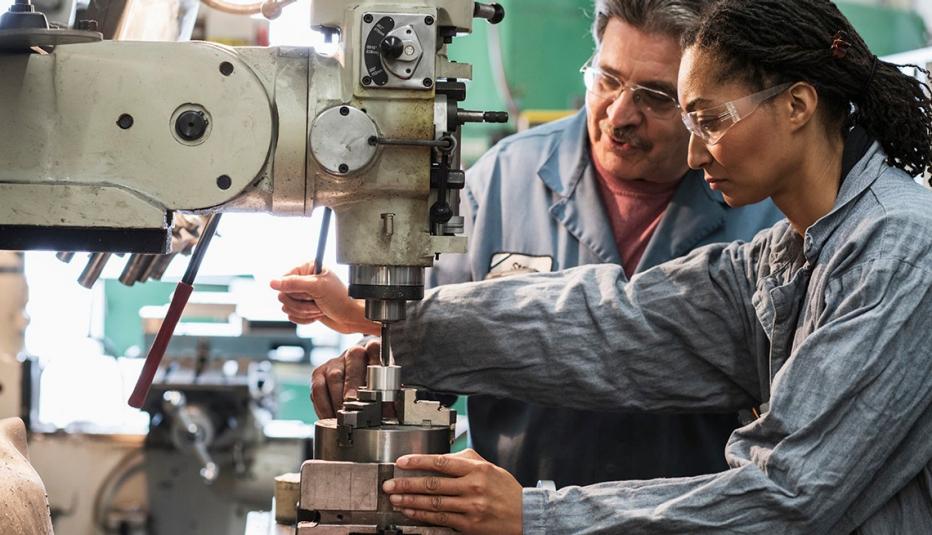AARP Hearing Center
About the AARP Work & Jobs Data Series
In 2022, AARP Research began sharing workforce trends on a variety of topics as they relate to workers age 50 and over. A new topic is highlighted every two months, and data for each topic are gathered through a nationally representative online survey with results posted in an annotated questionnaire. Each survey topic will be refielded every six to eight months to gather trend data. Results are available for public use.
AARP Work & Jobs Data Series 1
Since the pandemic began, workers ages 50 and older are figuring out how to manage work-life balance — evaluating the type of work they do or want to do, workplace schedules and flexibility, amount of time spent with family, and caregiving responsibilities. They are leaving the workforce, changing jobs, rethinking their careers, or looking for new jobs — an individual decision based on a myriad of personal circumstances.
As a result of the shifting workforce, employers are struggling to address the changing world of work. They are faced with worker shortages, overworked staff, and flexible or remote work schedules. Employers are having to think of innovative ways to draw in new talent and keep their current employees engaged and feeling valued.
We are now interested in understanding the workplace in the post-pandemic era and have launched new modules starting in 2024. While we maintain an exploration of age discrimination in the workplace, we also explore the transformative effect of artificial intelligence (AI) on older workers, and the bidirectional relationship of how work and mental health impact one another.
For more information about the AARP Work & Jobs Data Series, please contact Rebecca Perron at rperron@aarp.org. For media inquiries, contact External Relations at media@aarp.org.




































































